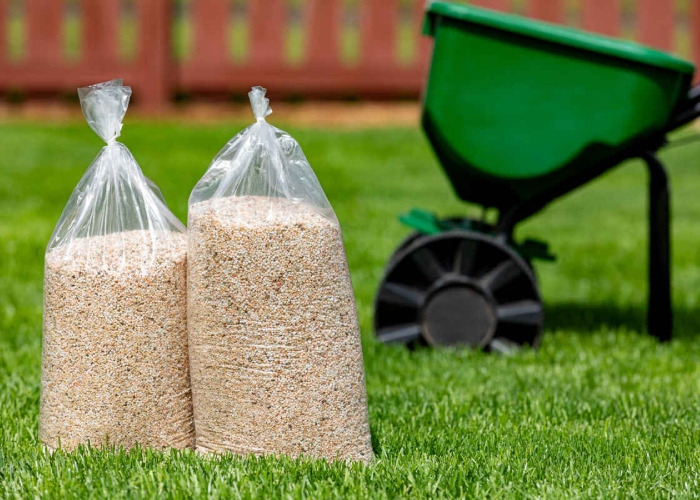Grub worms, the larvae of various beetle species like Japanese beetles, June beetles, and European chafers, can wreak havoc on gardens and lawns. These white, C-shaped larvae feed on grassroots and organic matter in the soil, causing significant damage to turf and plants. Addressing a grubworm infestation promptly and effectively is crucial to maintaining a healthy garden. This comprehensive guide offers proven strategies to eliminate grub worms and prevent future infestations, ensuring your garden remains lush and vibrant.
Understanding Grub Worms and Their Impact Grub worms thrive below the surface, feeding on the roots of grass and other garden plants. This can lead to yellow patches on lawns, wilting plants, and even plant death. The presence of grub worms also attracts other wildlife, such as raccoons and birds, which can further damage your garden while hunting for grubs.
Step-by-Step Guide to Eliminating Grub Worms

- Identify the Presence of Grub Worms
- Inspection: Check for signs of grubs by looking for irregularly shaped, brown patches of grass that easily lift up due to weakened roots. You can also dig a small section of your lawn (about a foot square and about 2-3 inches deep) to count the number of grubs. More than five grubs per square foot is usually indicative of a problem that requires treatment.
- Natural Predators and Biological Controls
- Nematodes: Beneficial nematodes are microscopic worms that can be applied to the soil. They naturally parasitize and kill grubworms without harming plants. Apply nematodes in the late summer or early fall for best results.
- Milky Spore: The milky spore disease (Bacillus popilliae) specifically targets Japanese beetle larvae. This naturally occurring bacterium is spread as a powder and can protect your garden for up to 15 years once established.
- Chemical Treatments
- Insecticides: If the infestation is severe, you might consider using a chemical insecticide. Products containing imidacloprid, thiamethoxam, or chlorantraniliprole are effective against grubs when applied in late summer or early fall. Always follow the manufacturer’s instructions to minimize harm to other wildlife and beneficial insects.
- Timing: Apply insecticides when grubs are young and actively feeding. Late summer to early fall application helps target the grubs before they grow too large and less susceptible to chemicals.
- Cultural Practices
- Proper Lawn Care: Maintain a healthy lawn through proper mowing, watering, and fertilizing. A robust lawn can better withstand and recover from grub damage. Avoid overwatering, as moist environments attract grub-laying beetles.
- Aerate the Soil: Aerating your lawn improves drainage and reduces the compactness of the soil, making it less attractive to beetles for laying eggs.
- Organic Methods
- Neem Oil: An organic option, neem oil can deter beetles from laying eggs in the soil. Regular applications can help reduce grub populations over time.
- Diatomaceous Earth: Sprinkle food-grade diatomaceous earth on the affected areas to kill grubs through physical abrasion of their outer shells.
- Preventive Measures
- Crop Rotation and Diversity: Avoid planting the same crop or plant family in the same location year after year, as this can attract more pests. Diverse plantings discourage pest buildup and attract beneficial insects.
- Use Resistant Varieties: Some grass types, like tall fescue and certain ryegrasses, are more resistant to grub damage. Consider these varieties when overseeding or replacing damaged areas.
- Regular Monitoring
- Check for Activity: Regularly inspect your garden and lawn for signs of grubs and address infestations early before they can cause significant damage.
- Soil Testing: Periodic soil tests can help you adjust the soil conditions to be less favorable for grubs.

Conclusion Managing grubworms is crucial for maintaining a healthy garden and lawn. By combining cultural practices, natural predators, organic methods, and chemical treatments when necessary, you can effectively control grub populations and prevent future infestations. Regular monitoring and adapting your strategies based on grub activity will keep your garden thriving and resilient against these common but destructive pests. With these comprehensive strategies, you can enjoy a lush, vibrant garden free from the ravages of grubworms.